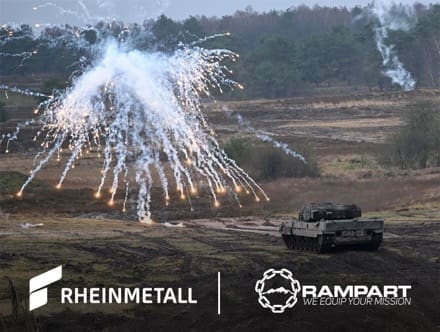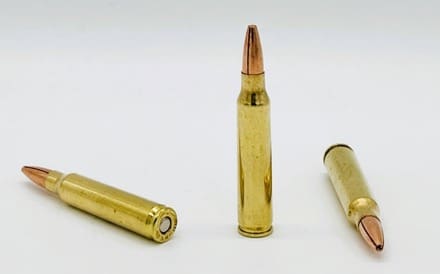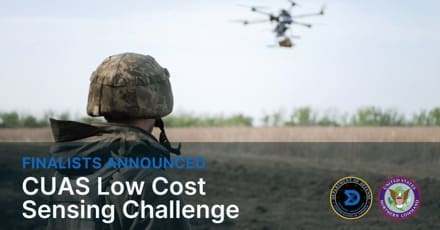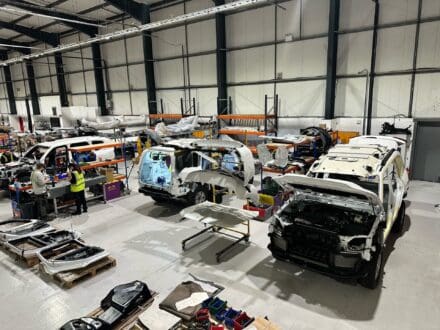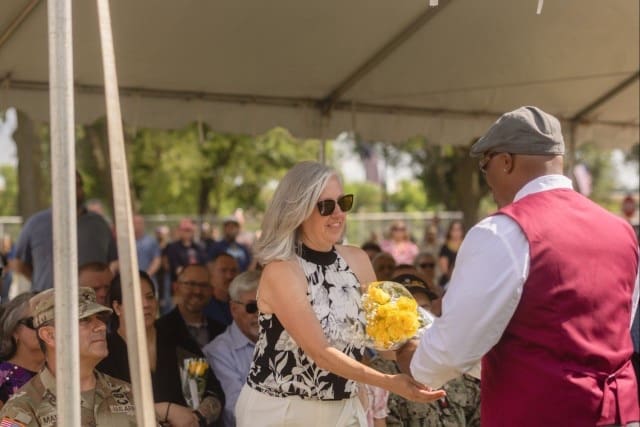
Rock Island Arsenal, Ill. – This week marked a significant changing of the guard at Rock Island Arsenal-Joint Manufacturing and Technology Center as Col. David Guida passed the command torch to Col. Eloy Martinez in a ceremony steeped in tradition and gratitude.
“I stand before you today with a deep sense of responsibility and a clear vision: to build upon the incredible legacy of RIA-JMTC, solidifying our position as the Army’s premier organic industrial base provider of readiness solutions for our nation’s Warfighters,” Martinez said. “This facility is a cornerstone of national defense, and a vital component of The Army’s global reach. To the dedicated men and women of RIA-JMTC — this facility is a national asset.”
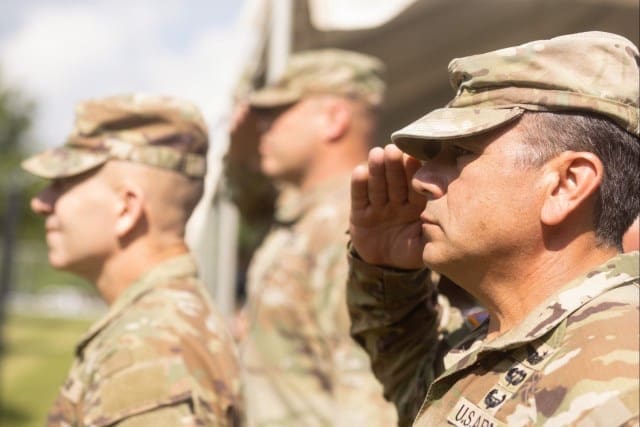
Martinez, a leader with more than three decades of dedicated service encompassing aviation, transportation, special operations and strategic logistics, expressed profound humility and eagerness to lead the vital manufacturing hub. He acknowledged the weight of responsibility, but also the immense potential within the ranks of RIA-JMTC. Before outlining his strategic vision, he paused a moment to recognize the steadfast support system that has been instrumental in shaping his journey and career success.
“I’d like to express my deepest gratitude to God for His many blessings. Without Him, none of this would be possible,” Martinez said. “To my wife, Jennifer, thank you for thirty-two years of unwavering love and support. You are my foundation, and I love you dearly.”
After offering personal acknowledgements, Martinez turned his attention to the core of his new mission: leading the exceptional team at RIA-JMTC. He underscored the factory’s critical role and strategic importance in national defense.
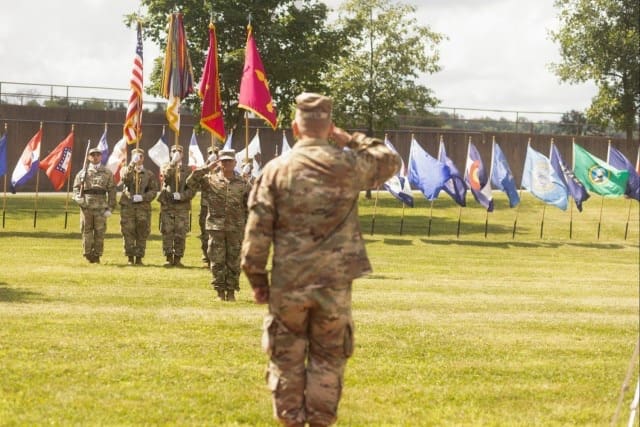
“Over the past six months, I’ve had the privilege of meeting many of you, touring the facilities, and witnessing firsthand the incredible capabilities housed within these walls,” Martinez said. “I’ve seen your dedication, your ingenuity, and your unwavering commitment to excellence. These accomplishments are a testament to your hard work and your profound dedication to providing our Warfighters with the tools they need to succeed.”
Martinez demonstrated a keen understanding of RIA-JMTC’s expansive capabilities, highlighting the impressive ability to simultaneously manage more than 300 diverse projects, ranging from legacy system sustainment to cutting-edge technology development. He specifically acknowledged the recent achievement of AS9100 certification, a testament to the facility’s commitment to quality and continuous improvement within the aerospace industry.
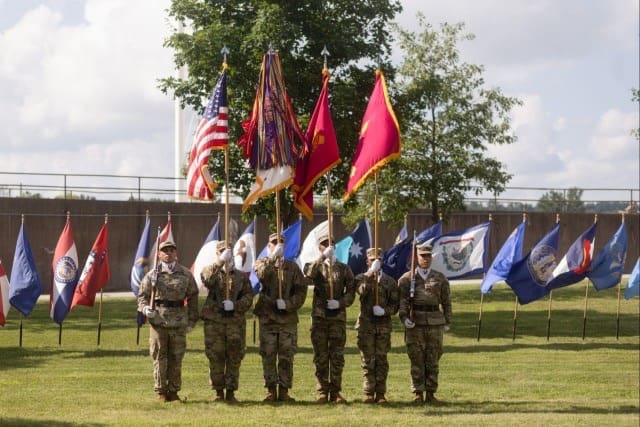
“My commitment to you is simple. We will build upon this incredible foundation, embracing data-driven decision making, predictive maintenance and a relentless pursuit of efficiency,” Martinez stated. “Together, we will: streamline processes leveraging Lean Six Sigma principles, aggressively embrace advanced technologies like additive manufacturing and robotics, strengthen partnerships across the Department of Defense and with our industry partners, and fully leverage our full spectrum of capabilities, from initial design and prototyping to full-rate production and lifecycle support.”
He then laid out his vision for the future of RIA-JMTC, built on a foundation of continuous improvement and adaptation.
“We will anticipate challenges, pioneer solutions and maintain the highest standards of excellence to keep RIA-JMTC a cornerstone of military readiness.” Martinez said. “From alloying and casting, to forging and advanced manufacturing, all the way to final delivery, your work ensures Warfighters receive the equipment they need, when they need it.”
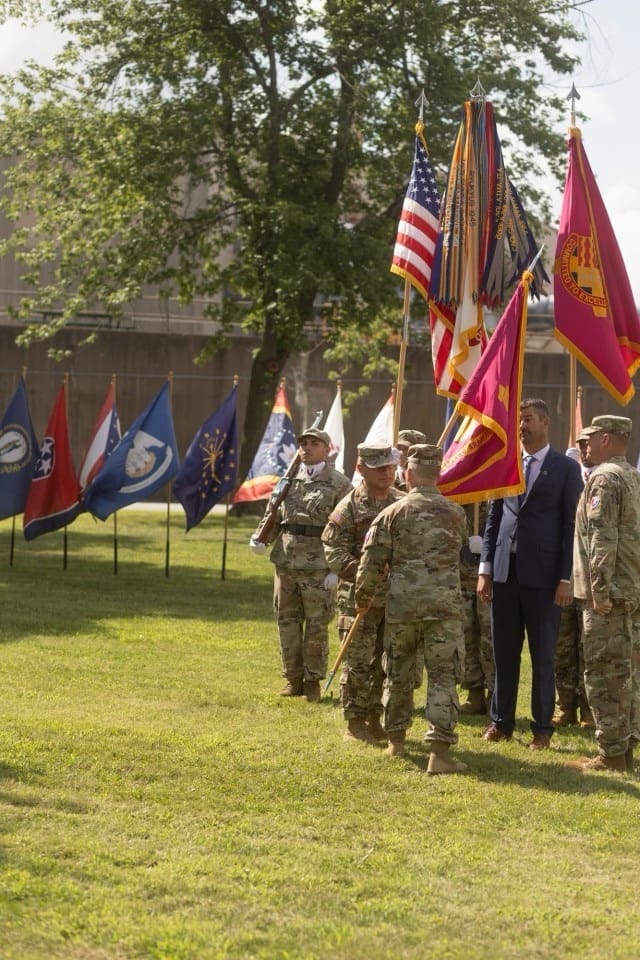
He pledged to anticipate challenges, pioneer solutions and maintain the highest standards of excellence.
“It’s an honor to join this team. I look forward to leading, learning and working alongside each of you,” Martinez said. “Let’s seize this opportunity. Together, we’ll shape the future of American manufacturing and continue strengthening our nation’s defense. Let’s get to work.”
By Kendall Swank
